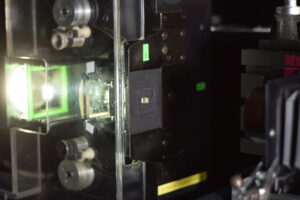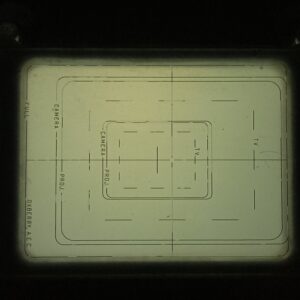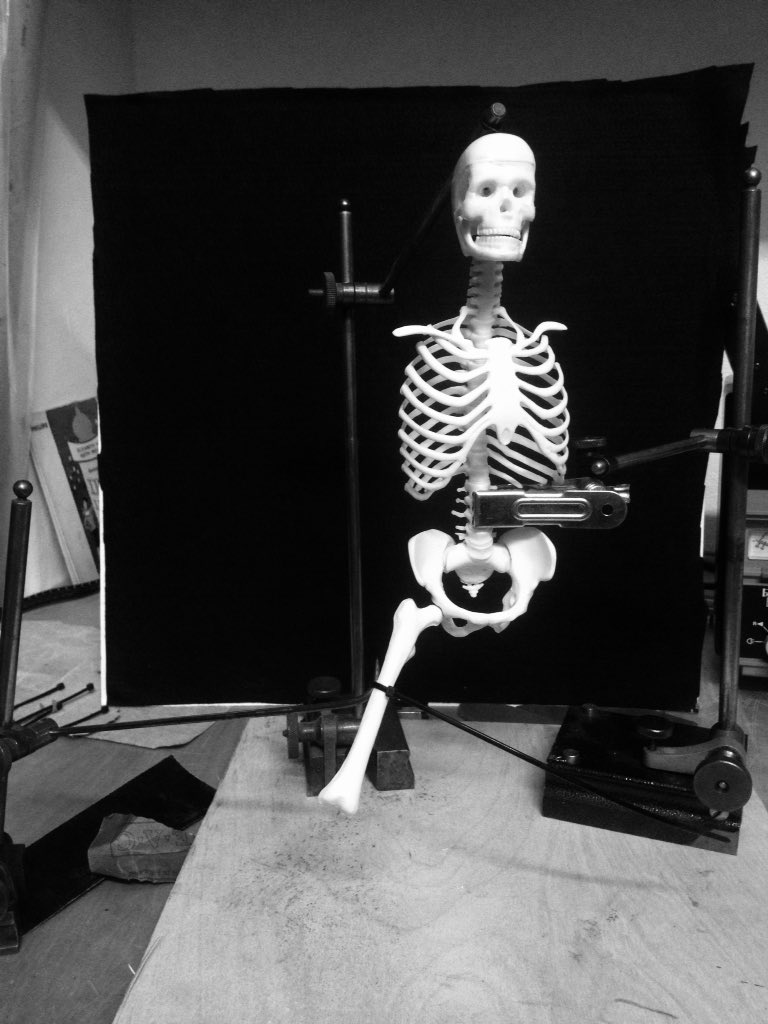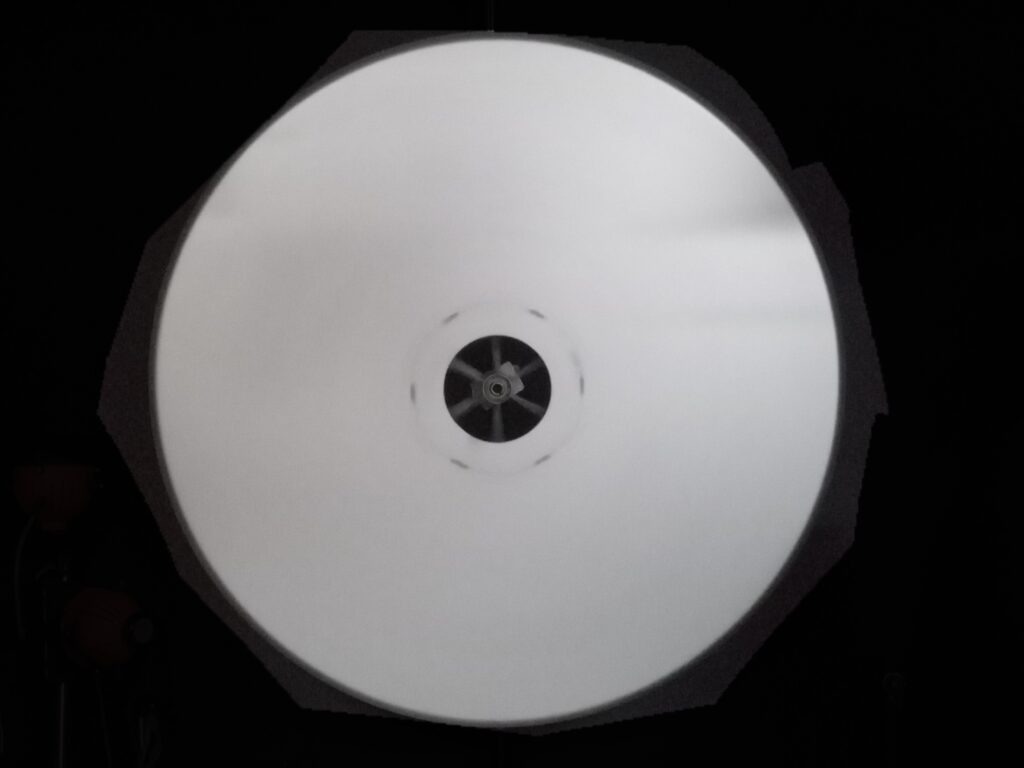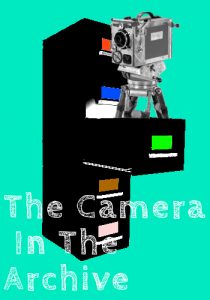
The idea of the ‘camera in the archive‘ is the idea of having the means of making/producing/devising/creating archival objects (film prints) within/through the structure or framework of their organisational principle which in this case is an archive.
This could differ from an artist who makes works on film and simply collects them together because what is implicit here is their devising and creation strategies in the presence of the archive and the knowledge of their artifactual materialities. So even though its possible to conceive of screening works in contexts such as festivals, meetings or in cinema programmes, its an intrinsic part of the ‘whole context’ of any individual piece that it forms part of a project that is attempting to order them, arrange them, account for them and preserve them, in the service of a greater project which is the archive itself including the instruments of creation and also sometimes including the public release of film prints in controlled experiments such as ‘objects on ebay’.
Basically the idea is an engine methodology that has a strict overall shape or series of informing principles but allows many different kinds of expression within it. In another sense its an attempt to re-purpose the lab/archive as a production mode or platform including working on ‘selected‘ objects both in terms of appraising their cultural or artistic worth AS WELL AS attempting conventional forms of restoration and preservation on them.
The Art of the Bowman is an example of this.
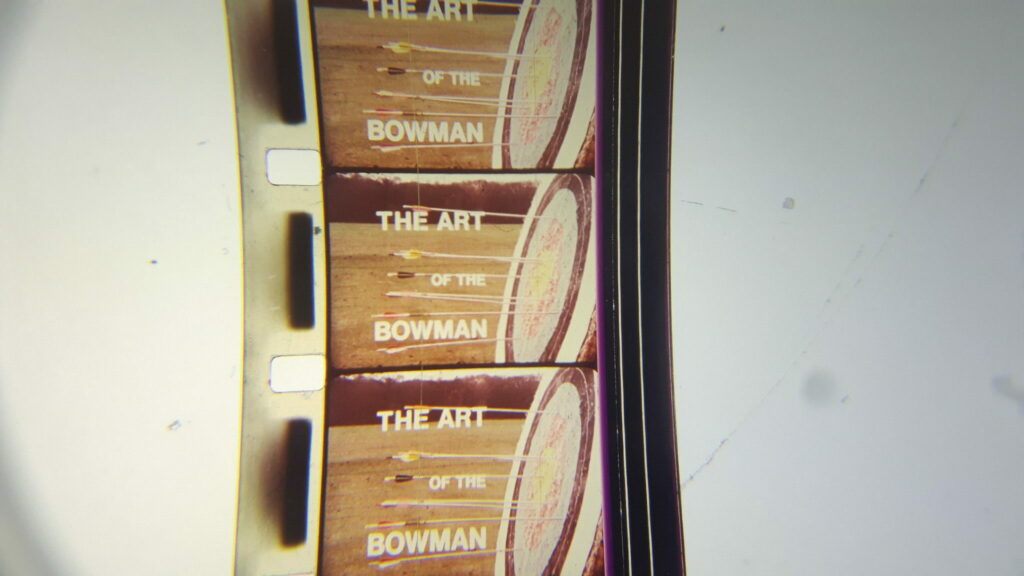
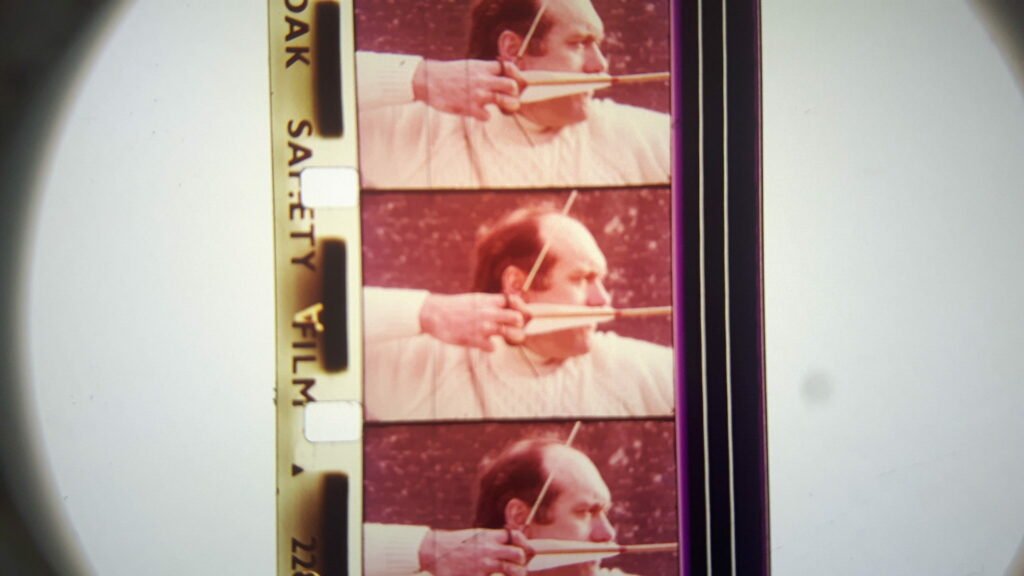
The idea here is to carry out operations upon this film as a technique to extend/explore/ascertain and refresh its value.
These might include digitising its soundtrack and making multiple copies including smpte code. Carrying out tests by copying it to 35mm colour stock with colour correction tests. Digitising portions of the image and carrying out software based restorations. Researching its production and personnel, its history, other references to it on/off line. Making new B/W works using its imagery which might include other films with the same subject matter.
In this case, the thing that interests me is the parrallel between the persistance of the film during and after these operations and the persistance of ‘archery’ in folk memory, these things likely to inform the development of the new B/W works mentioned.
